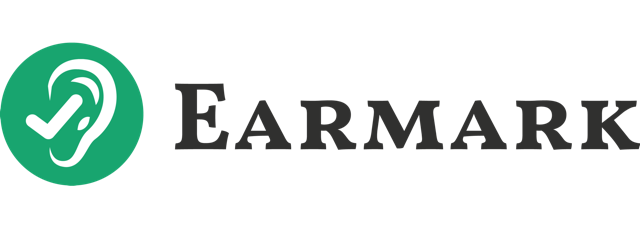When egg prices spiked in 2023, Natalya Hummer could show her franchise clients exactly how it affected their margins. Using G-Accon to analyze data from 63 Crumbl Cookie locations, she helped owners make immediate decisions about pricing and operations.
In a recent webinar hosted by Kelly Gonsalves, a New York-based accountant who also uses G-Accon in her practice, Hummer demonstrated how accounting technology can elevate basic compliance work into high-value advisory services. The webinar, “Automating Month-End Close and Reporting with G-Accon,” offered insights from both practitioners about transforming franchise financial management.
“Sometimes you just have to endure these changes,” Hummer explains, “but at least we know why—it’s not an unknown.” This granular data helps franchise owners protect profitability through informed decisions about pricing, suppliers, and operations.
Experience on Both Sides of the Business
Hummer brings 27 years of accounting experience—from staff accountant to CFO—plus hands-on knowledge as owner of three Crumbl Cookie franchises. This dual expertise drives her approach at Finatech Consulting, where she uses G-Accon to connect Google Sheets with QuickBooks Online for deeper analysis.
What is G-Accon?
G-Accon is a cloud-based solution designed for accountants, CFOs, and finance teams that automates integration between Google Sheets and accounting platforms like QuickBooks Online. Gonsalves explains that it goes beyond simple exports to enable complex financial modeling and granular data analysis. The tool simplifies data consolidation, provides multi-entity management, and offers real-time syncing capabilities.
Detailed Data Drives Better Decisions
Most accountants process vendor bills by category—lumping an entire Sysco invoice under “food costs.” G-Accon enables line-item analysis instead. “Without G-Accon, I would never be able to do that,” Hummer notes. “Sysco invoices might be three pages long, and I’m not going to book bills with so many lines manually.”
The system processes 10,000 line items as quickly as 100, revealing:
- Cost spikes for specific ingredients
- Sales patterns by season
- Labor efficiency metrics
- Product profitability
Automated Alerts Prevent Problems
Franchise operations face strict compliance requirements. Hummer’s system catches issues early through automated alerts. “Some franchises, like Crumbl, will reject any financial statements missing a pest control entry,” she explains. The system flags these issues before submission.
These alerts also catch unusual patterns and missing expenses. When the system flags three months of missing service charges, it creates an opportunity: “We may look like heroes to our clients. We’ve been accruing an expense for three months; are you using this service or forgot to pay for it?”
Implementation Requirements and ROI
Successfully implementing G-Accon requires:
- Direct login access to vendor systems for automated data pulls
- Structured mapping of items and accounts
- Clear processes for multi-entity operations
- Regular monitoring of automation rules
The initial setup investment pays off quickly. The efficiency gains let firms offer sophisticated analysis at competitive rates—positioning services between basic bookkeeping ($500/month) and premium consulting ($5000/month).
Strategic Planning with Daily Data
G-Accon’s power is shown in its strategic planning and forecasting. Daily sales data answers critical questions like “How did we perform on July 4th?” and “What should we expect this year?” This enables data-driven decisions about staffing, pricing, and inventory.
One franchise owner was so confident in the system that she ran her own analysis alongside Finatech’s Profit and Loss projections. “She arrived almost at the same result, but in a different way,” Hummer shares, “because she knows her business best.” This validation demonstrates how detailed data builds trust and encourages owners to participate in financial planning actively.
Rapid Feature Development
In more than six months with G-Accon, Finatech Consulting has implemented:
- Automated data imports and exports
- Compliance monitoring alerts
- Custom forecasting models
- Consolidated multi-entity reporting
- Comparative location analytics
Both presenters emphasized G-Accon’s responsive development team. The team actively develops new features based on user feedback, with pro forma balance sheets and enhanced performance monitoring in development.
Competitive Advantage Through Specialization
Focusing on quick-service restaurants and bakeries enables powerful benchmarking. With data from 63 similar locations, Hummer’s team delivers:
- Industry-specific KPIs and benchmarks
- Peer comparisons
- Standardized best practices
- Deep franchise requirement knowledge
This specialization, combined with granular data analysis, creates lasting client relationships built on measurable value.
Transform Your Practice
The tools for transforming compliance work into advisory services are available now. Automated data collection, granular analysis, and industry specialization create relationships that transcend traditional accounting services. For firms ready to invest in the right tools and processes, the opportunity to enhance both client success and firm profitability is clear.
Learn More
Watch the complete webinar on “Automating Month-End Close and Reporting with G-Accon,” with Kelly Gonsalves and Natalya Hummer to learn more about implementing data-driven advisory services in your accounting practice.
